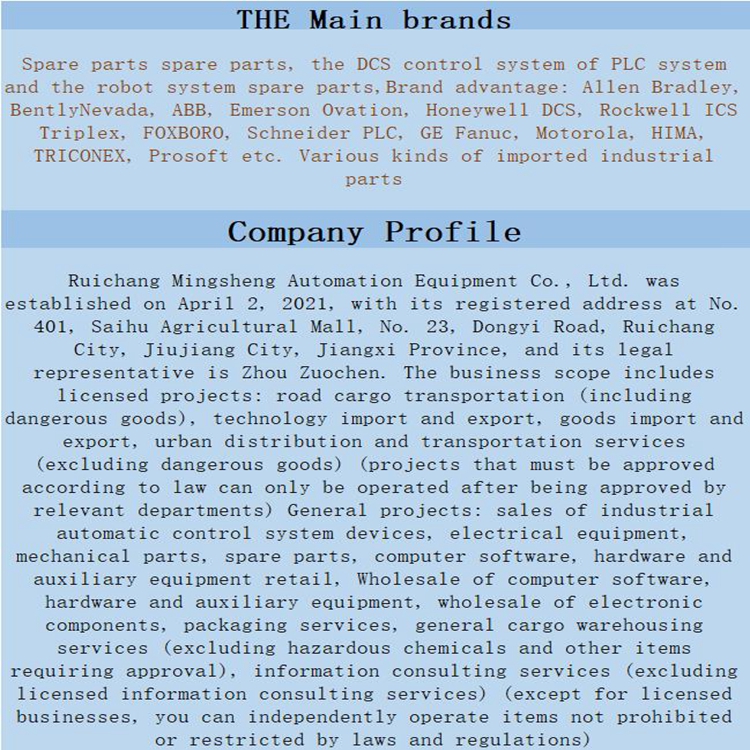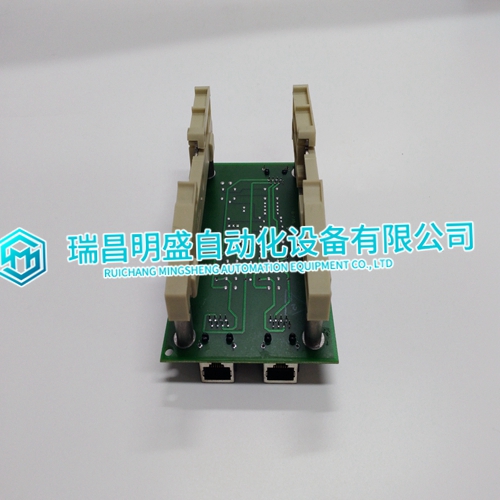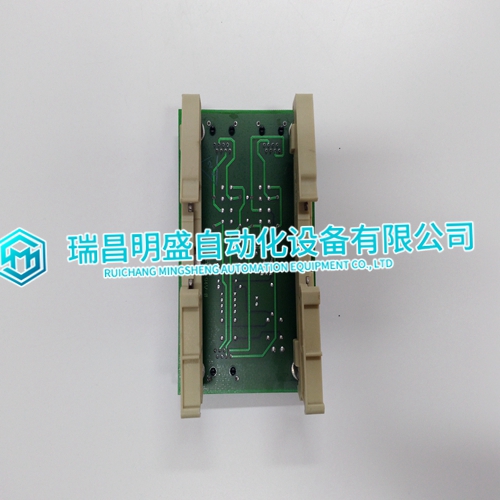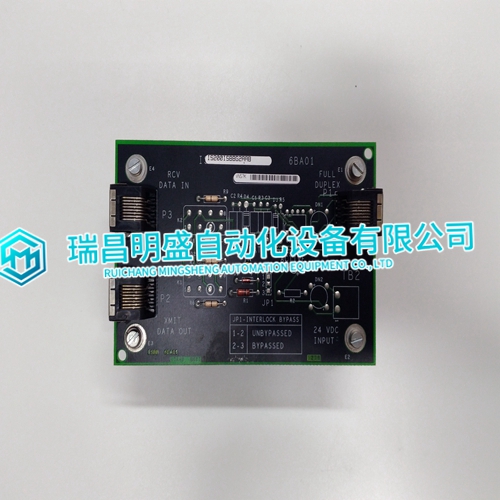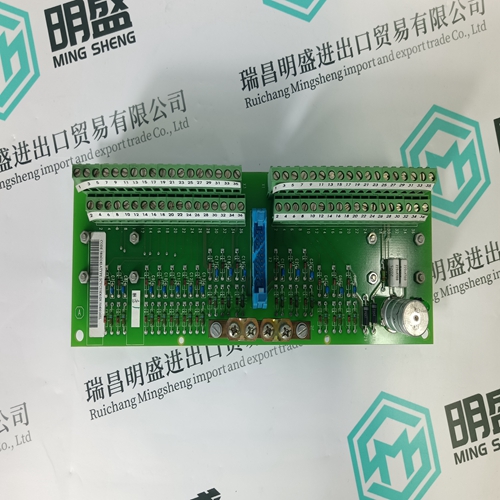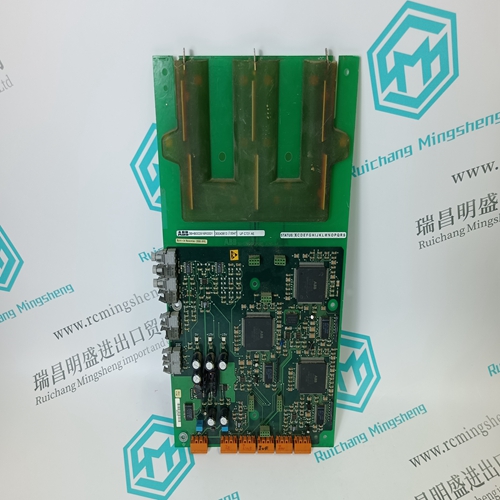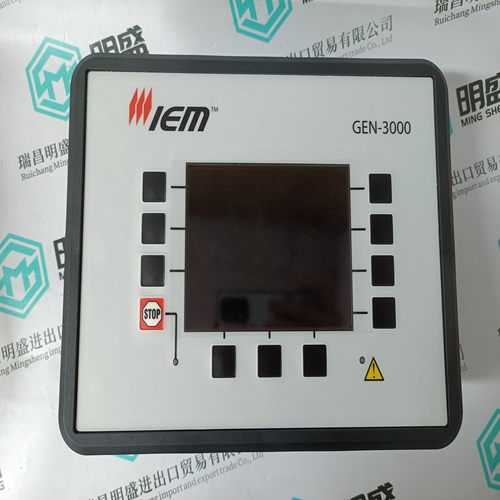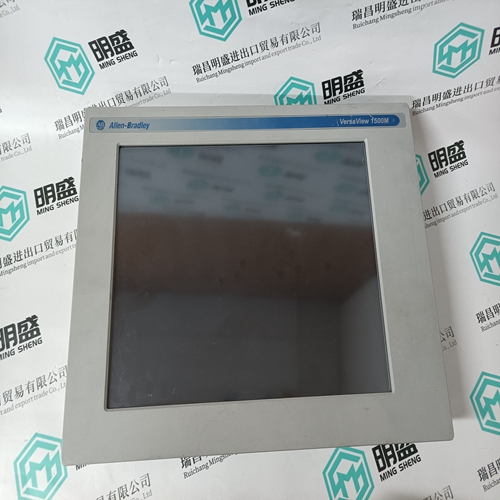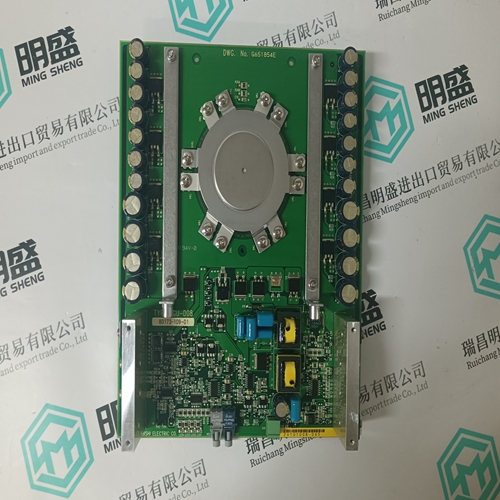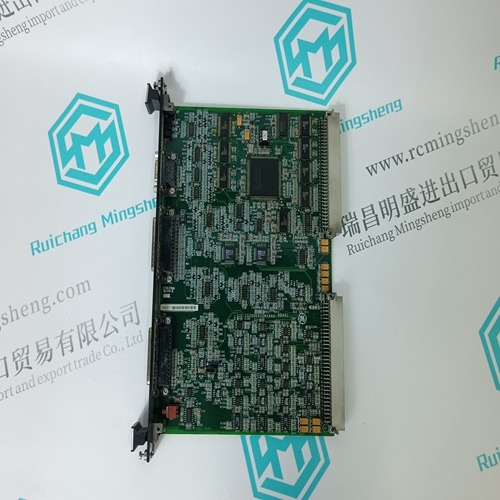Home > Product > Gas turbine system > IS200ISBBG2AAB Steam gas turbine module
IS200ISBBG2AAB Steam gas turbine module
- Product ID: IS200ISBBG2AAB
- Brand: GE
- Place of origin: The United States
- Goods status: new/used
- Delivery date: stock
- The quality assurance period: 365 days
- Phone/WhatsApp/WeChat:+86 15270269218
- Email:stodcdcs@gmail.com
- Tags:IS200ISBBG2AABSteam gas turbine module
- Get the latest price:Click to consult
IS200ISBBG2AAB Steam gas turbine module
The module provides information on diagnostics and troubleshooting in the following forms:
Status data values are transferred from the module to the processor
Data contained in the module can be viewed through the Configuration/Debug port attached to a terminal emulator
LED status indicators on the front of the module provide information on the module’s status
Take care not to overwrite existing data files in your application with data files in the sample application. Rename either the source or the destination data files, and then search and replace references in the ladder for instances of any renamed files.
Reading Status Data from the Module
The MVI46-MNET module returns a 47-word Status Data block that can be used to determine the module’s operating status. This data is located in the module’s database at a user set location and is viewable using the Configuration/Debug port with a terminal emulation program. The Configuration/Debug port provides the following functionality: Full view of the module’s configuration data View of the module’s status data Complete display of the module’s internal database (registers 0 to 3999) Version Information Control over the module (warm boot, cold boot, transfer configuration) Facility to upload and download the module’s configuration file
Required Hardware
You can connect directly from your computer’s serial port to the serial port on the module to view configuration information, perform maintenance, and send (upload) or receive (download) configuration files. ProSoft Technology recommends the following minimum hardware to connect your computer to the module: 80486 based processor (Pentium preferred) 1 megabyte of memory At least one UART hardware-based serial communications port available. USB-based virtual UART systems (USB to serial port adapters) often do not function reliably, especially during binary file transfers, such as when uploading/downloading configuration files or module firmware upgrades. A null modem serial cable.
